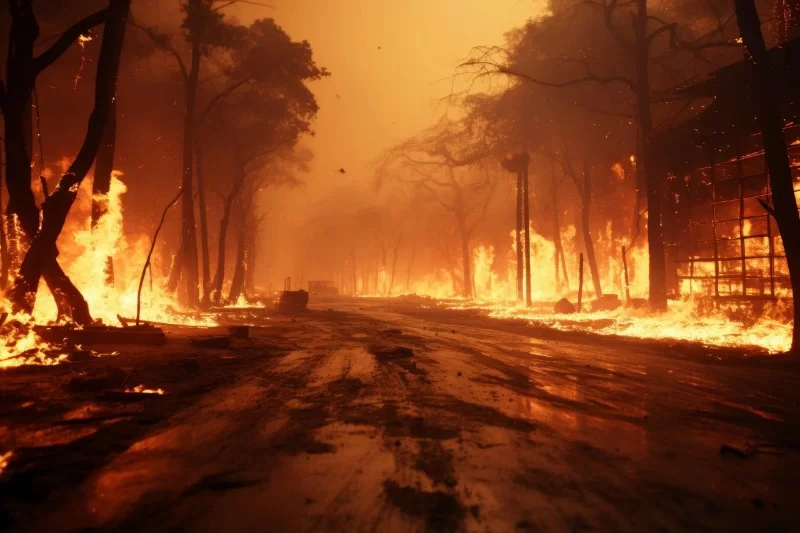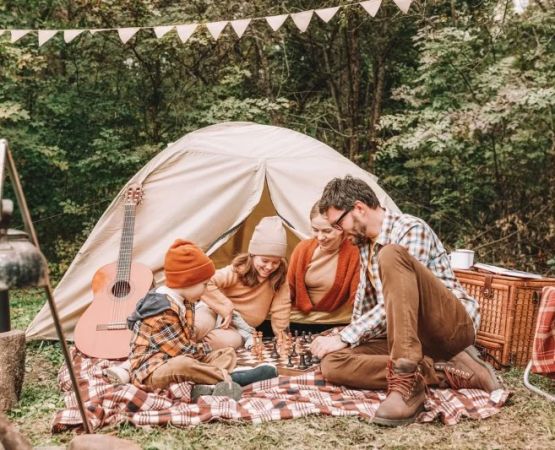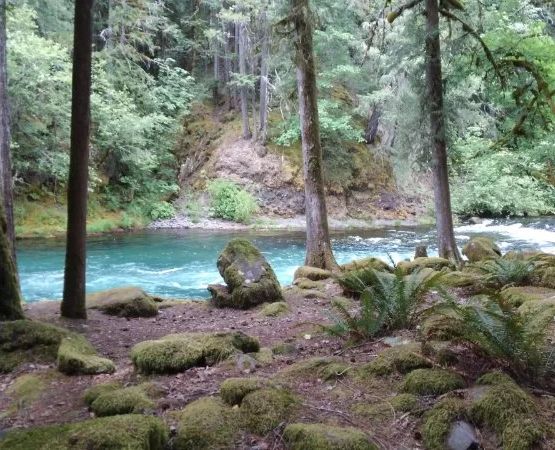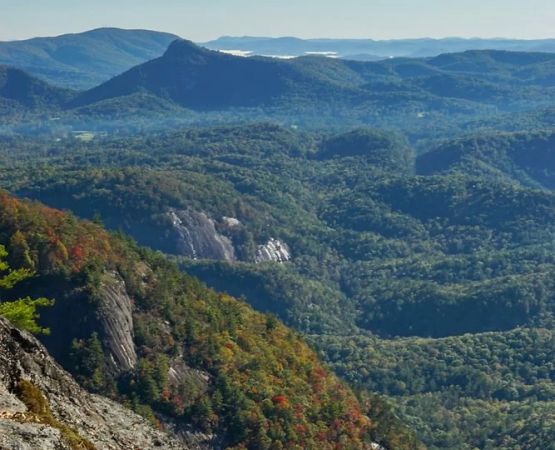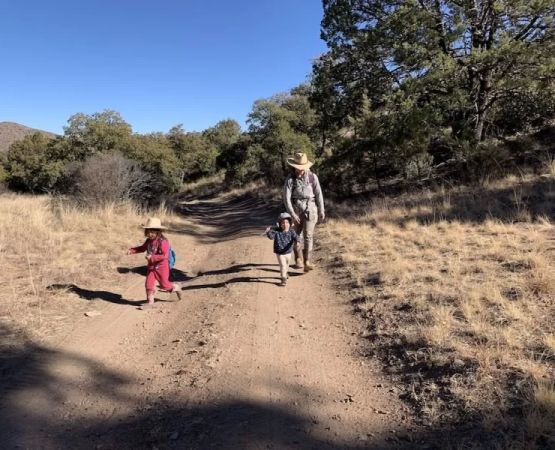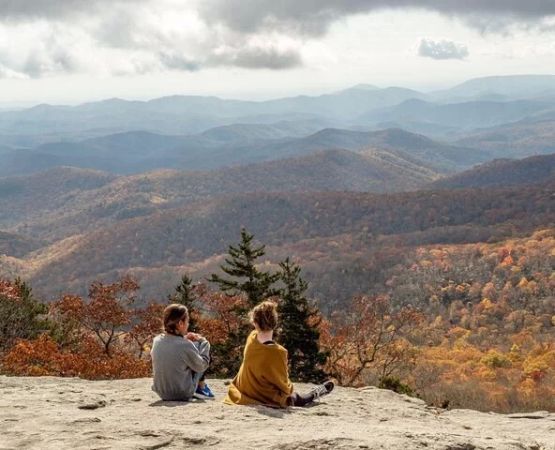- 1 - Understanding the Risks of Wildfires While Camping
- 2 - Building a Reliable Emergency Kit
- 3 - Creating and Practicing an Evacuation Plan
- 4 - Monitoring Weather and Fire Conditions
- 5 - Real-Life Stories and Lessons Learned
- 6 - Preparing with Resources from Pine Cliff Resort
1. Understanding the Risks of Wildfires While Camping
Camping offers a chance to connect with nature, but it also brings the responsibility of being prepared for natural hazards. Wildfires, in particular, can spread rapidly, leaving little time to react. Understanding how to prepare for a wildfire evacuation while camping starts with awareness. Areas prone to dry conditions, such as western states in the U.S., are especially vulnerable. Campers should research fire history and seasonal risks before choosing a campsite.
2. Building a Reliable Emergency Kit
No wildfire evacuation preparation is complete without a well-stocked emergency kit. Essentials include water, non-perishable food, a flashlight, a first-aid kit, protective masks to filter smoke, and portable chargers. For campers, it’s equally important to pack lightweight but durable gear that can be grabbed quickly. A small fire extinguisher and a fire blanket can also provide life-saving seconds in the event of a fast-moving blaze. Being proactive about these items ensures you are not caught off guard.
3. Creating and Practicing an Evacuation Plan
A detailed evacuation plan is critical when camping in wildfire-prone regions. Identify at least two exit routes from your campsite, and make sure everyone in your group is familiar with them. Practice packing your gear quickly and moving to safety. If you are camping with children, rehearsals can ease their anxiety and make evacuation smoother. The key to success is efficiency: when a wildfire threatens, every minute counts.
4. Monitoring Weather and Fire Conditions
Wildfires often erupt during dry, windy conditions, and campers must stay informed. Portable weather radios, smartphone apps, and ranger station updates provide real-time information. By keeping an eye on changing conditions, you can act before the fire becomes an immediate danger. Monitoring air quality is also important, as smoke inhalation can be harmful even at a distance from the flames. Prepared campers are not only reactive but also proactive in tracking potential threats.
5. Real-Life Stories and Lessons Learned
In 2020, a family camping in California narrowly escaped a wildfire after noticing smoke in the distance. Their quick response—packing essentials and following an evacuation route—helped them avoid being trapped. Others, however, have faced tragic outcomes due to underestimating how quickly wildfires spread. These stories remind us that knowing how to prepare for a wildfire evacuation while camping isn’t just theory; it’s a real-life necessity that can save lives.
6. Preparing with Resources from Pine Cliff Resort
Preparation doesn’t stop at personal planning; it also involves choosing the right resources. At Pine Cliff Resort, campers can find gear designed to support wildfire safety, from portable fire-resistant shelters to reliable emergency tools. Having the right equipment enhances peace of mind and ensures you can enjoy your outdoor adventure with confidence. Combining careful planning with trusted resources is the best way to stay ready for any wildfire threat.
Ultimately, learning how to prepare for a wildfire evacuation while camping means being vigilant, organized, and proactive. From building an emergency kit to practicing escape plans, every precaution adds a layer of safety. Wildfires may be unpredictable, but your readiness can make all the difference in ensuring a safe and memorable camping experience.

